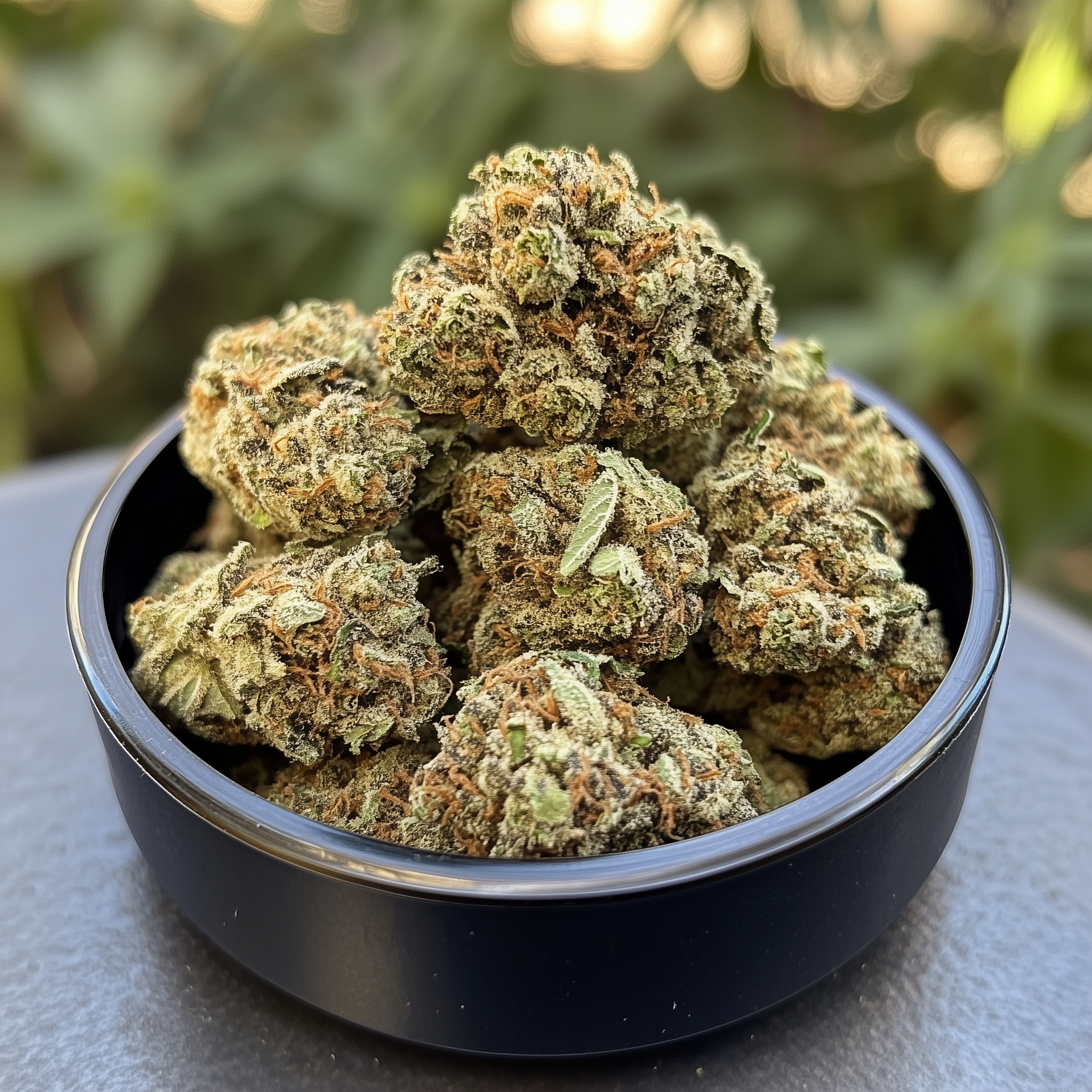In recent years, the interest in cannabis and its various compounds has surged, leading to a deeper understanding of its components and their effects. One such compound that has garnered attention is THCa, or tetrahydrocannabinolic acid. This article explores the science behind THCa flowers, their potential benefits, and the effects they may have on users.
Understanding THCa: The Precursor to THC
THCa is a non-psychoactive cannabinoid found in raw and live cannabis plants. Unlike THC, which is known for its psychoactive properties, THCa does not produce a “high” when consumed in its natural form. This is because THCa is the acidic precursor to THC. When cannabis is heated through smoking, vaping, or cooking, a process called decarboxylation occurs, converting THCa into THC.
Decarboxylation: The Transformation Process
Decarboxylation is a chemical reaction that removes a carboxyl group from THCa, releasing carbon dioxide and transforming it into THC. This process is essential for activating the psychoactive effects of cannabis. Without decarboxylation, THCa remains non-psychoactive, which is why consuming raw cannabis does not produce the same effects as consuming heated cannabis.
Potential Benefits of THCa
While THCa does not induce a high, it is believed to offer several potential health benefits. Research is still in its early stages, but preliminary studies and anecdotal evidence suggest that THCa may have anti-inflammatory, neuroprotective, and anti-emetic properties.
- Anti-inflammatory Properties: THCa may help reduce inflammation, making it a potential option for those suffering from inflammatory conditions such as arthritis.
- Neuroprotective Effects: Some studies suggest that THCa may protect brain cells, which could be beneficial for neurodegenerative diseases like Alzheimer’s.
- Anti-emetic Benefits: THCa might help alleviate nausea and vomiting, which can be particularly useful for patients undergoing chemotherapy.
THCa Flowers: Consumption and Effects
THCa flowers are cannabis buds that have not been decarboxylated. They can be consumed in various ways, each offering different experiences and benefits.
Raw Consumption
Consuming raw THCa flowers, such as in smoothies or salads, allows users to benefit from the cannabinoid’s potential health properties without experiencing psychoactive effects. This method is popular among those seeking the therapeutic benefits of cannabis without the high.
Topical Applications
THCa can be infused into topical products like creams and balms. When applied to the skin, these products may provide localized relief from pain and inflammation without entering the bloodstream or affecting the central nervous system.
Juicing
Juicing raw cannabis leaves and flowers is another method of consuming THCa. This approach preserves the cannabinoid’s natural state and is often combined with other fruits and vegetables for a nutrient-rich beverage.
Scientific Studies and Findings
Research on THCa is still developing, but several studies have highlighted its potential benefits. A study published in the “British Journal of Pharmacology” found that THCa exhibited anti-inflammatory properties in animal models. Another study in “Phytomedicine” suggested that THCa might have neuroprotective effects, although more research is needed to confirm these findings in humans.
Despite the promising results, it is important to approach these findings with caution. The majority of studies have been conducted on animals or in vitro, and human trials are necessary to fully understand the effects and potential therapeutic applications of THCa.
Legal Status and Availability
The legal status of THCa varies by region. In some areas, THCa is considered legal because it is non-psychoactive. However, once it is converted to THC through decarboxylation, it may fall under the same legal restrictions as THC. Consumers should be aware of their local laws and regulations regarding cannabis and its derivatives.
THCa flowers are available in dispensaries where cannabis is legal. They are often marketed as a way to experience the benefits of cannabis without the psychoactive effects. As interest in THCa grows, more products and consumption methods are likely to become available.
Conclusion
THCa flowers offer a unique way to explore the potential benefits of cannabis without the psychoactive effects associated with THC. While research is still in its early stages, preliminary findings suggest that THCa may have anti-inflammatory, neuroprotective, and anti-emetic properties. As scientific understanding of this cannabinoid expands, it may open new avenues for therapeutic applications. Consumers interested in THCa should stay informed about ongoing research and legal developments to make educated decisions about its use.
